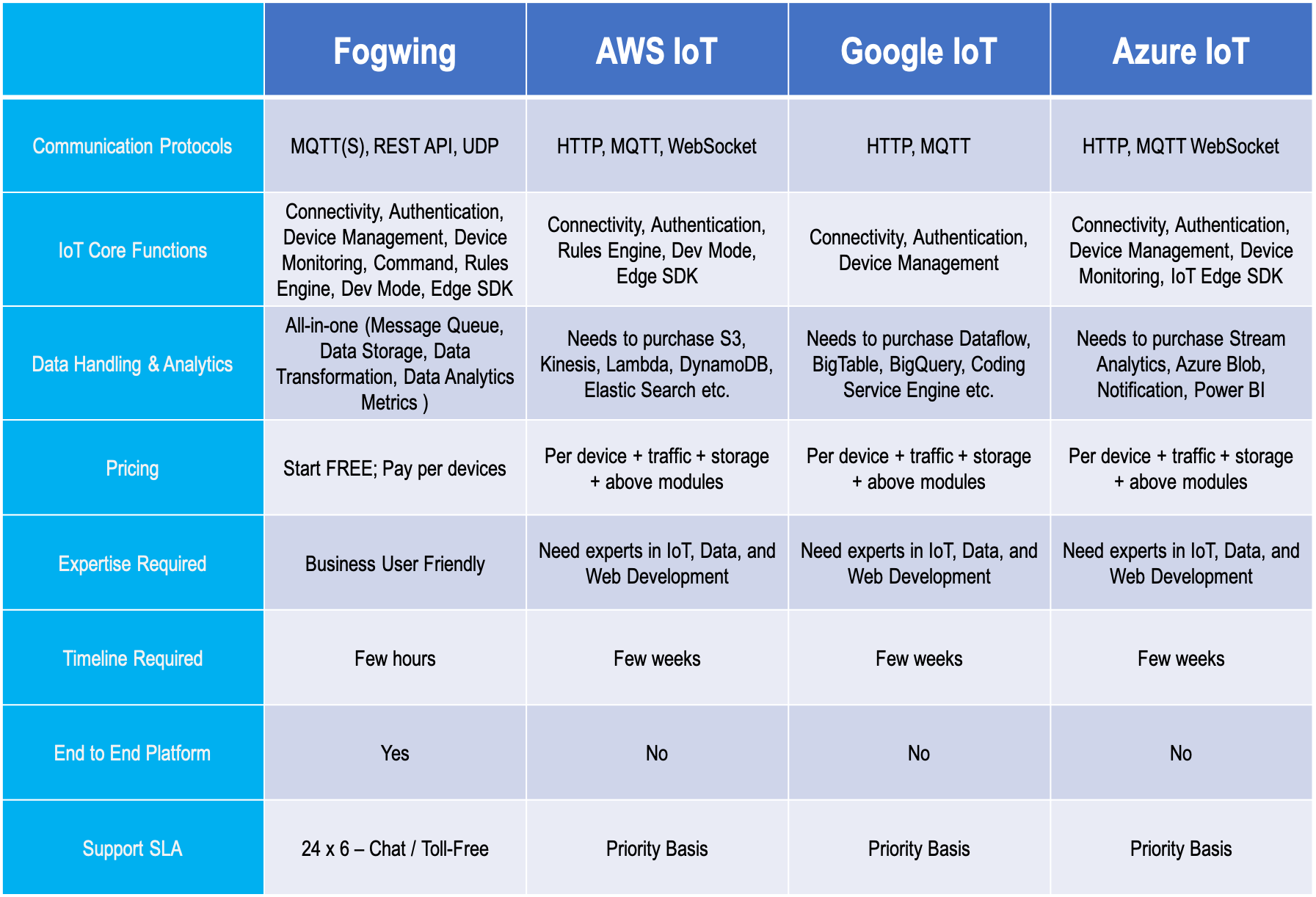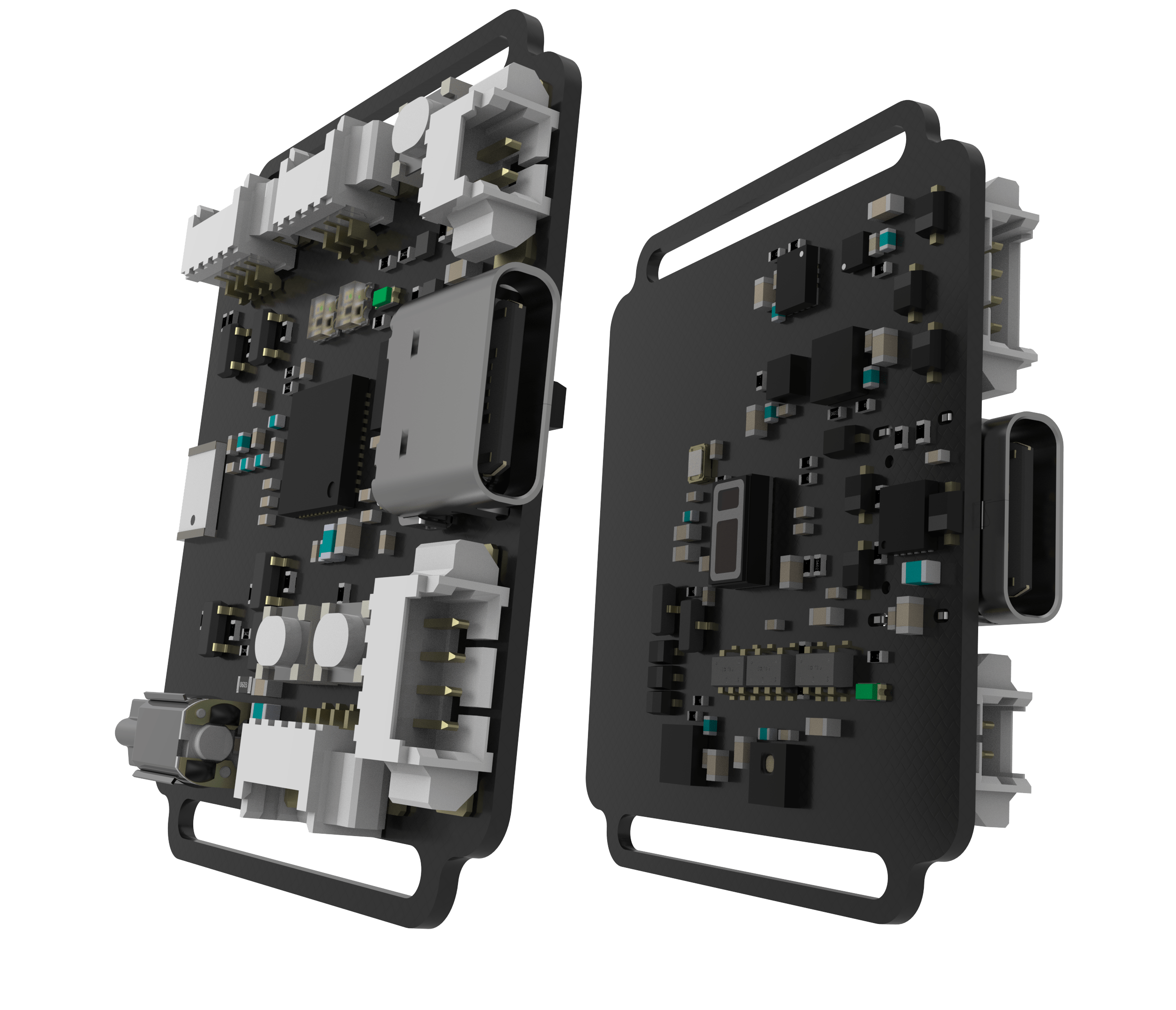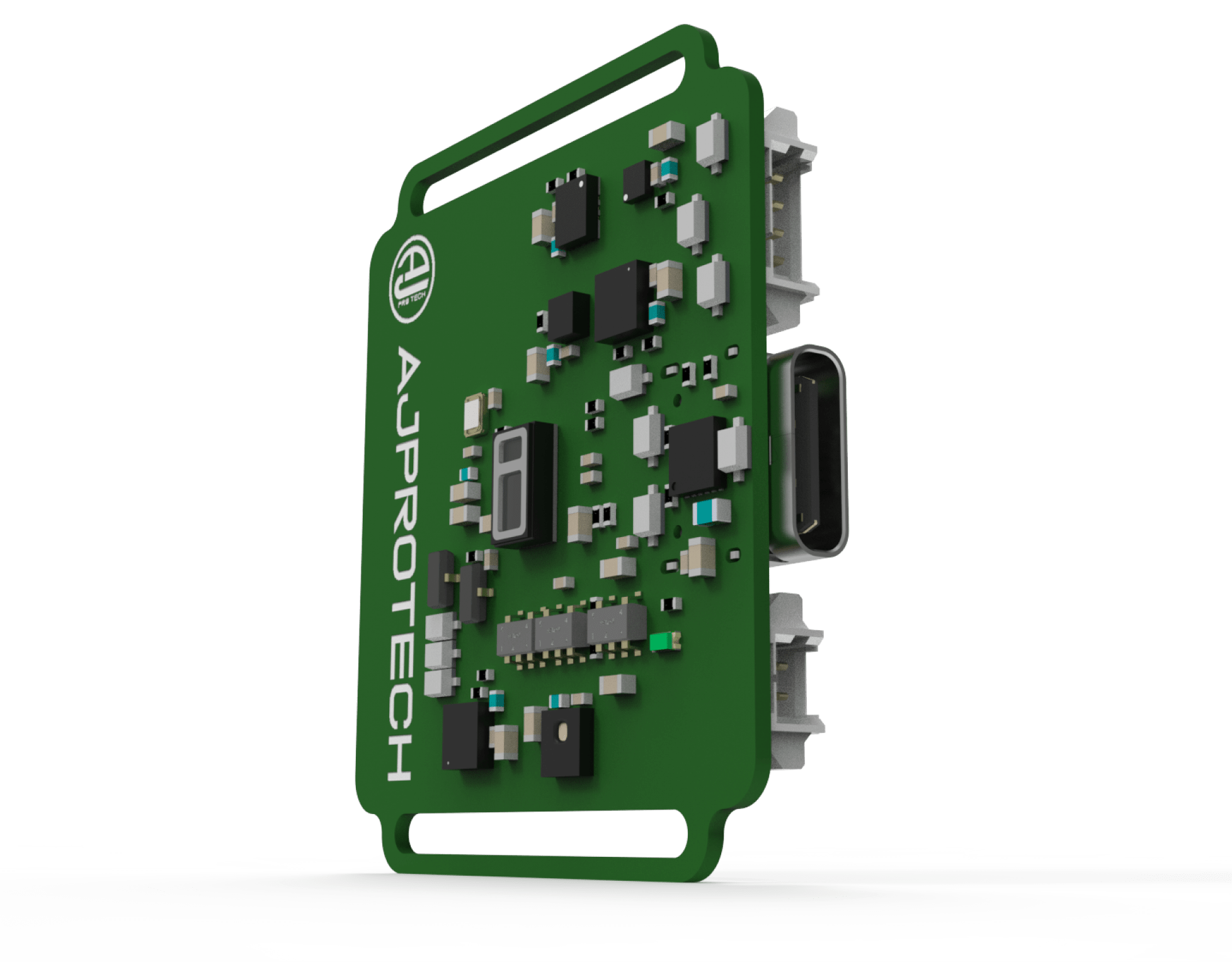Imagine this—you’re sitting in your cozy living room, sipping coffee while controlling smart devices scattered across different continents. Sounds like science fiction? Not anymore! The best remote IoT platform has made this a reality. In today's digital age, remote IoT platforms are the backbone of smart solutions, enabling seamless communication between devices regardless of location. Whether you're managing a fleet of drones, monitoring industrial equipment, or automating your home, these platforms offer the tools you need to stay connected and in control.
But hold up, with so many options out there, finding the best remote IoT platform can feel overwhelming. That’s why we’ve put together this comprehensive guide to break down the top contenders, their features, and how they stack up against each other. We’ll also explore what makes a remote IoT platform truly great and how it can transform the way you interact with technology.
From enhancing operational efficiency to ensuring robust security, remote IoT platforms are designed to cater to diverse needs. Whether you’re a tech enthusiast, a business owner, or an engineer looking for cutting-edge solutions, this article will equip you with the knowledge you need to make an informed decision. Let’s dive in!
- Filmywap Your Ultimate Guide To Movie Downloads And Streaming
- Pr Moviescom Your Ultimate Destination For Streaming Entertainment
Table of Contents
- Understanding Remote IoT Platforms
- Key Features to Look For
- Top Remote IoT Platforms
- IoT Platform Comparison
- Security and Compliance
- Scalability and Performance
- Use Cases and Examples
- Cost Considerations
- Future of Remote IoT Platforms
- Conclusion
Understanding Remote IoT Platforms
So, what exactly is a remote IoT platform? Think of it as the brain behind all those connected devices. It’s the software that manages data collection, processing, and communication between IoT devices. A good remote IoT platform acts as a bridge, connecting your physical devices to the digital world.
Remote IoT platforms are essential for managing large-scale IoT deployments. They provide tools for device management, data analytics, and application enablement. Without them, it would be nearly impossible to keep track of thousands—or even millions—of connected devices spread across the globe.
- Ullu Web Series Telugu The Ultimate Guide To Indias Hottest Digital Content
- Filmy4web Your Ultimate Guide To Streaming Movies And Tv Shows
Why Are Remote IoT Platforms Important?
Here’s the deal: IoT devices generate massive amounts of data. Without a proper platform to handle this data, it’s just noise. Remote IoT platforms help organize this data into actionable insights, making it easier for businesses and individuals to make informed decisions.
They also ensure that devices remain secure and up-to-date, reducing the risk of cyberattacks. Plus, they offer scalability, allowing you to grow your IoT network without worrying about infrastructure limitations.
Key Features to Look For
Not all remote IoT platforms are created equal. When choosing one, it’s crucial to look for certain key features that align with your needs. Here’s a rundown of what you should consider:
- Device Management: Can the platform handle large numbers of devices? Does it offer over-the-air updates?
- Data Analytics: How well does it process and visualize data? Does it integrate with third-party tools?
- Security: Does it offer end-to-end encryption and comply with industry standards?
- Scalability: Can it grow with your business needs?
- API Support: Does it provide robust APIs for custom integrations?
These features will determine whether the platform can meet your current and future requirements. Don’t skimp on this step—it could save you a lot of headaches down the line.
Top Remote IoT Platforms
Now that you know what to look for, let’s talk about some of the best remote IoT platforms out there. Each of these platforms brings something unique to the table, so it’s worth exploring them to see which one fits your needs best.
1. AWS IoT Core
AWS IoT Core is a cloud-based platform that allows billions of devices to connect securely and interact with cloud applications. It’s known for its scalability and ease of integration with other AWS services. If you’re already using AWS for other purposes, this might be the perfect fit for you.
2. Microsoft Azure IoT Hub
Azure IoT Hub is another cloud-based platform that offers robust device management and data analytics capabilities. It integrates seamlessly with other Azure services and supports a wide range of protocols. Its strong focus on security makes it a top choice for enterprises.
3. Google Cloud IoT Core
Google Cloud IoT Core leverages the power of Google’s machine learning and analytics tools to provide actionable insights from your IoT data. It’s ideal for businesses looking to harness the power of AI in their IoT deployments.
IoT Platform Comparison
Let’s compare these top platforms based on some key criteria:
| Criteria | AWS IoT Core | Azure IoT Hub | Google Cloud IoT Core |
|---|---|---|---|
| Scalability | Excellent | Excellent | Excellent |
| Security | High | High | High |
| Analytics | Good | Very Good | Outstanding |
| Integration | Excellent | Excellent | Good |
As you can see, each platform has its strengths. Your choice will depend on your specific requirements and existing tech stack.
Security and Compliance
Security is a top concern when it comes to remote IoT platforms. With cyber threats becoming more sophisticated, it’s crucial to choose a platform that offers robust security features. Look for platforms that provide end-to-end encryption, secure device authentication, and regular security updates.
Compliance is another important factor. Ensure that the platform adheres to industry standards such as GDPR, HIPAA, and ISO 27001. This is especially important if you’re operating in a regulated industry.
Best Practices for IoT Security
Here are some tips to enhance the security of your IoT deployment:
- Use strong passwords and two-factor authentication.
- Keep firmware and software up-to-date.
- Monitor network traffic for suspicious activity.
- Limit access to sensitive data.
Scalability and Performance
As your IoT network grows, so should your platform. Scalability ensures that your platform can handle increasing numbers of devices and data without compromising performance. Look for platforms that offer horizontal scaling, meaning they can add more servers to handle additional load.
Performance is equally important. A laggy platform can lead to missed opportunities and frustrated users. Ensure that the platform offers low latency and high throughput to keep your operations running smoothly.
Use Cases and Examples
To give you a better idea of how remote IoT platforms can be used, here are some real-world examples:
Smart Cities
IoT platforms are being used to create smarter, more sustainable cities. From managing traffic flow to monitoring air quality, these platforms enable cities to operate more efficiently and improve the quality of life for residents.
Industrial IoT
In manufacturing, IoT platforms are used for predictive maintenance, reducing downtime and increasing productivity. They also enable real-time monitoring of equipment, helping businesses optimize their operations.
Healthcare
In healthcare, remote IoT platforms are revolutionizing patient care. Wearable devices can monitor vital signs and alert healthcare providers to potential issues before they become critical.
Cost Considerations
Cost is always a factor when choosing a remote IoT platform. While some platforms offer free tiers for small-scale deployments, most require a subscription for advanced features. Consider the following when evaluating costs:
- Device management fees.
- Data storage and processing costs.
- API usage fees.
- Support and maintenance costs.
It’s important to weigh these costs against the benefits the platform provides. Remember, a slightly higher upfront cost could save you money in the long run by reducing operational expenses.
Future of Remote IoT Platforms
The future of remote IoT platforms looks bright. With advancements in 5G, edge computing, and AI, we can expect even more powerful and efficient platforms in the years to come. These technologies will enable real-time data processing, reduce latency, and enhance overall performance.
We’re also likely to see increased adoption of IoT platforms in industries such as agriculture, retail, and logistics. As more businesses realize the potential of IoT, the demand for robust, scalable platforms will continue to grow.
Conclusion
In conclusion, finding the best remote IoT platform requires careful consideration of your needs and the features each platform offers. Whether you choose AWS IoT Core, Azure IoT Hub, or Google Cloud IoT Core, you’ll have access to powerful tools that can transform the way you interact with technology.
Remember to prioritize security, scalability, and performance when making your decision. And don’t forget to factor in cost and compliance requirements. With the right platform, you can unlock the full potential of your IoT deployment and stay ahead of the curve.
So, what are you waiting for? Dive into the world of remote IoT platforms and take your connectivity to the next level. Don’t forget to leave a comment below and share this article with your network. Together, let’s build a smarter, more connected future!
- Filmywap Your Ultimate Guide To Movie Downloads And Streaming
- Movierulz 2025 Your Ultimate Guide To Streaming Movies In The Future


